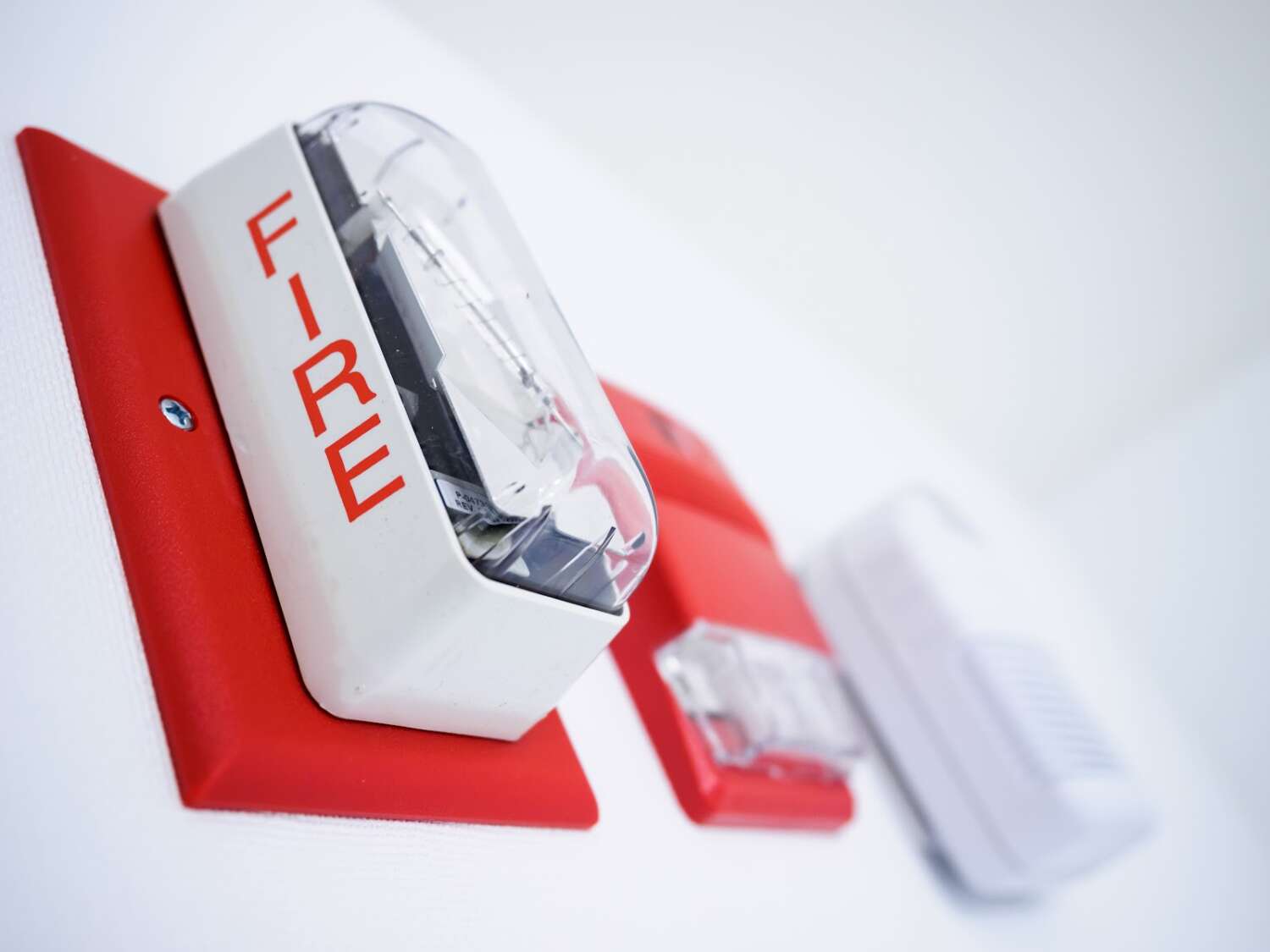Overview
In today’s world, emergency preparedness is an important topic. Too often, deaf people do not have access to emergency alerts. Visual emergency alerting systems provide equal access and allow deaf people to evacuate safely during emergencies. Both the ADA and Section 504 of the Rehabilitation Act also mandate reasonable accommodations, including visual fire alarms.
What type of alarm system is best for deaf people?
The Federal Emergency Management Agency, ADA Standards for Accessible Design, and Uniform Federal Accessibility Standards provide the following insights regarding standard practices:
- The alarm should ideally be hardwired into the existing building system, with a back-up battery.
- The alarm should contain audible and visual alerts, with the audible alerts not exceeding 110 dBs.
- If the alarm’s sound pattern is of the T-3 variety, then a bed-shaker alert system can be used in conjunction with the hardwired alarm.
Why is a hardwired alarm important? Can’t I just install a standalone battery operated alarm?
The purpose of hard-wired alarms is to communicate that there is smoke and/or fire to an entire building. Deaf people would be alerted no matter where they were located.
Stand-alone alarms remain silent until the fire/smoke conditions actually reach the physical location where the alarm is located. For example, if a stand-alone alarm is installed on the first floor of a building and there is a fire on the third floor, that stand-alone alarm would remain silent until the fire reached it. The resulting delay in awareness of the situation could be more dangerous for deaf people, as they would have less time to react to the emergency. Additionally, deaf people would only be alerted if they were in the same physical location as the stand-alone alarm, not if they were in other areas of the building.
Accessible Fire Alarm Related Laws
The provision of fire alarms is regulated by the following federal laws:
2010 ADA Standards for Accessible Design
702.1 General. Fire alarm systems shall have permanently installed audible and visible alarms complying with NFPA 72 (1999 or 2002 edition) (incorporated by reference, see “Referenced Standards” in Chapter 1), except that the maximum allowable sound level of audible notification appliances complying with section 4-3.2.1 of NFPA 72 (1999 edition) shall have a sound level no more than 110 dB at the minimum hearing distance from the audible appliance. In addition, alarms in guest rooms required to provide communication features shall comply with sections 4-3 and 4-4 of NFPA72 (1999 edition) or sections 7.4 and 7.5 of NFPA 72 (2002 edition).1
Uniform Federal Accessibility Standards
4.28.3 VISUAL ALARMS. If provided, electrically powered internally illuminated emergency exit signs shall flash as a visual emergency alarm in conjunction with audible emergency alarms. The flashing frequency of visual alarm devices shall be less than 5 Hz. If such alarms use electricity from the building as a power source, then they shall be installed on the same system as the audible emergency alarms.2
4.28.4 AUXILIARY ALARMS. Accessible sleeping accommodations shall have a visual alarm connected to the building emergency alarm system or shall have a standard 110-volt electrical receptacle into which such an alarm could be connected. Instructions for use of the auxiliary alarm or connection shall be provided.2
Related Resource
- U.S. Fire Administration: Fire safety & Outreach for Individuals With Disabilities: click here
Additional resources on this subject may be available here.
References
1 U.S. Department of Justice. (2010). ADA Standards for accessible design. Retrieved from here
2 U.S. Access Board. (1961). Uniform federal accessibility standards. Retrieved from here






